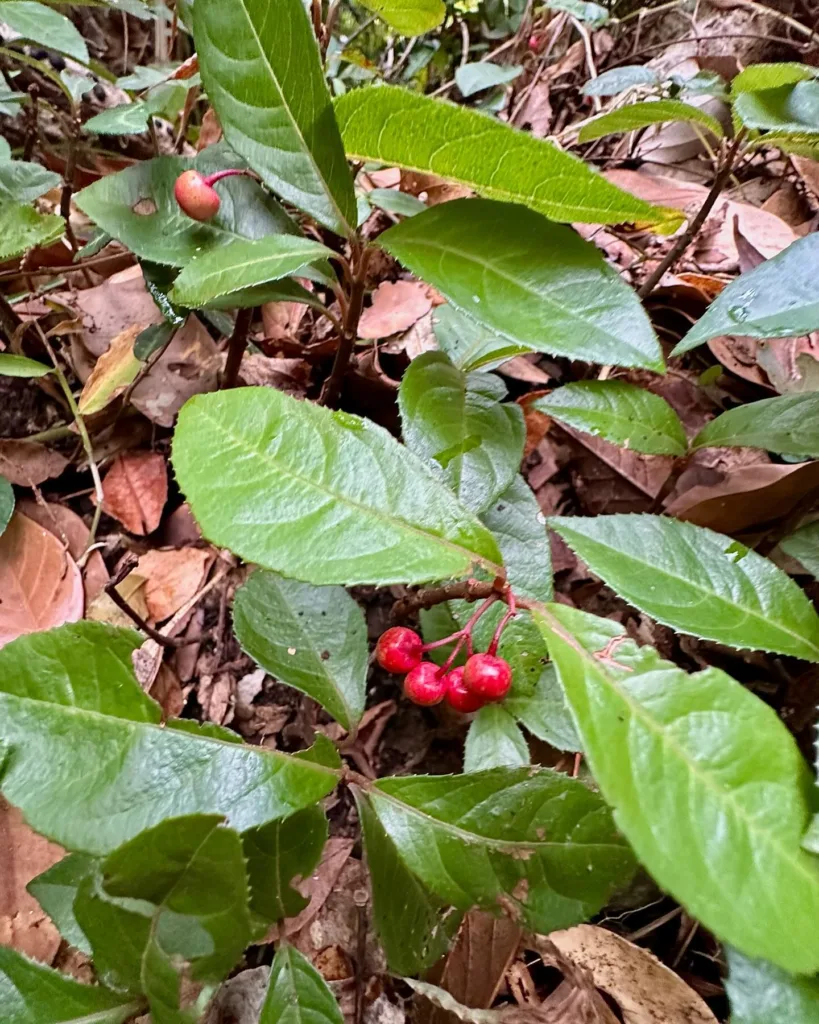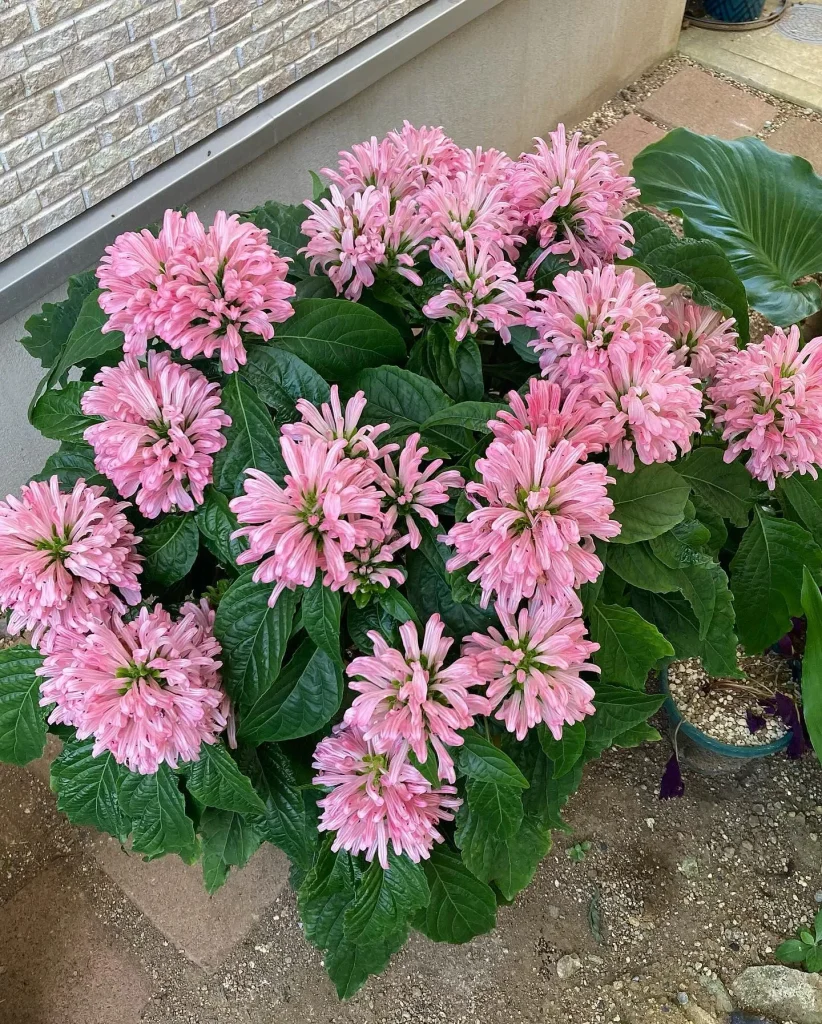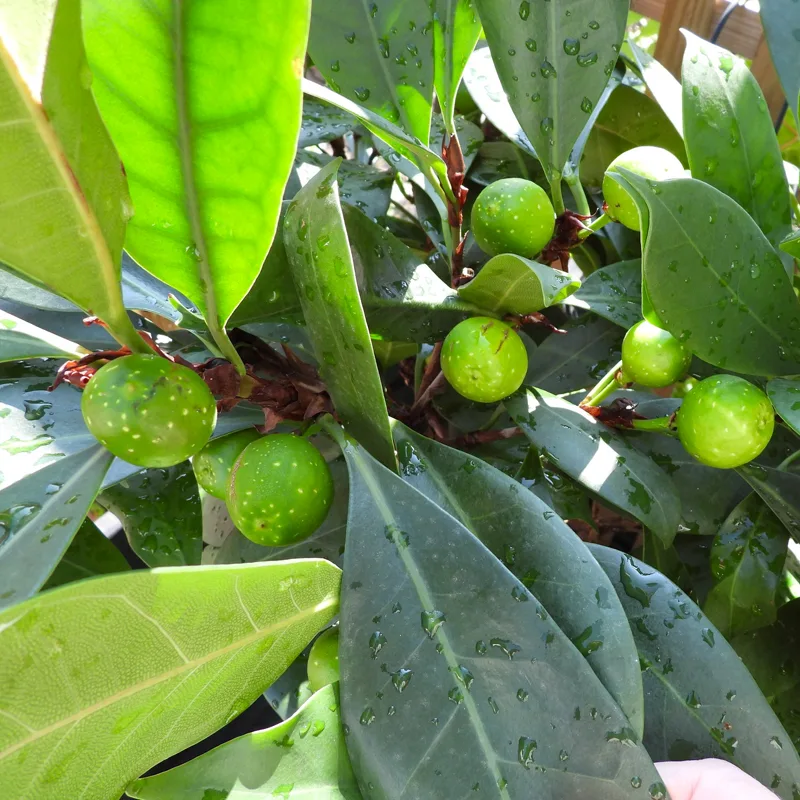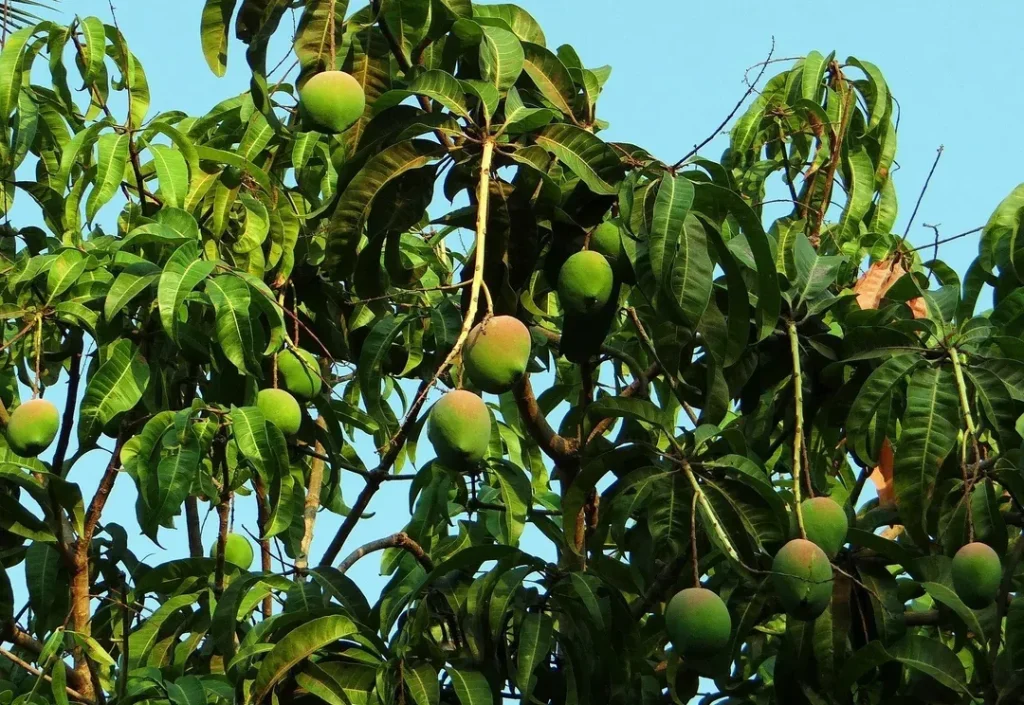
Gleditsia Triacanthos: FAQs and Insights
As a passionate gardener, I’ve had my fair share of experiences with Gleditsia Triacanthos, commonly known as the Honeylocust. This tree, with its distinctive spiny branches and lovely foliage, raises a lot of questions among fellow gardeners. I’m here to share some of the most frequently asked questions about this fascinating species and provide some insights based on my own experiences.
Can You Stratify Gleditsia Triacanthos Seeds with Vinegar?
One question that often comes up is whether you can use vinegar to stratify Gleditsia Triacanthos seeds. Stratification is a process that mimics natural winter conditions to break seed dormancy and encourage germination. Generally, vinegar is not a recommended method for stratifying these seeds. The traditional approach involves a cold stratification process, where seeds are placed in a moist medium and stored in the refrigerator for several weeks. Vinegar can alter the seed’s germination potential and might not be effective for this purpose.
How to Stratify Gleditsia Triacanthos Seeds with Acid?
If you’re interested in using acid for stratification, sulfuric acid is a more common choice. This method, known as acid scarification, involves soaking the seeds in sulfuric acid for a specific period before the cold stratification. The acid helps to break down the tough seed coat, improving the likelihood of successful germination. After treating the seeds with acid, they should be rinsed thoroughly and then placed in a moist medium for the cold stratification phase. This process can significantly increase germination rates for Gleditsia Triacanthos seeds.
Does Gleditsia Triacanthos Contain DMT?
There’s been some curiosity about whether Gleditsia Triacanthos contains DMT, a powerful hallucinogenic compound. Based on my research and experience, Gleditsia Triacanthos does not contain DMT. The primary compounds in this tree are related to its ecological role and not psychoactive substances. It’s always a good idea to consult scientific literature or a professional before making any assumptions about plant chemistry.
Gleditsia Triacanthos vs. Robinia Pseudoacacia
When comparing Gleditsia Triacanthos to Robinia Pseudoacacia, another commonly confused species, there are some key differences. Gleditsia Triacanthos, or the Honeylocust, is known for its long, spiny branches and small, finely divided leaves. Its fruit is a legume with a flat, twisted pod. On the other hand, Robinia Pseudoacacia, or the Black Locust, features compound leaves with oval leaflets and is generally thornless. Its fruit is also a legume but has a more rounded shape.
Both trees are valued for their fast growth and adaptability, but they serve different purposes in landscaping. Gleditsia Triacanthos is often used for its attractive foliage and unique appearance, while Robinia Pseudoacacia is prized for its hardiness and ability to improve soil quality.
How to Care for Gleditsia Triacanthos?
Caring for Gleditsia Triacanthos involves a few key practices. This tree thrives in well-drained soil and full sun, although it can tolerate partial shade. It’s relatively low-maintenance, but regular watering during dry periods can help it establish more robustly. Pruning is essential to remove any dead or crossing branches, which helps maintain its shape and health.
How to Propagate Gleditsia Triacanthos?
Propagating Gleditsia Triacanthos can be done through seeds or cuttings. For seeds, follow the stratification process mentioned earlier to enhance germination. If using cuttings, take hardwood cuttings in late summer and use a rooting hormone to encourage root development. Ensure that the cuttings are kept moist and in a warm environment until they develop roots.
What to Plant with Gleditsia Triacanthos?
Gleditsia Triacanthos pairs well with a variety of other plants in a garden setting. Consider planting it with ground covers like creeping thyme or low-growing perennials that can handle the dappled shade created by the tree’s canopy. It also complements other shade-tolerant plants such as hostas or ferns.
Can You Grow Gleditsia Triacanthos Indoors?
Growing Gleditsia Triacanthos indoors is not recommended due to its size and growth requirements. This tree can grow quite large and requires a lot of space, sunlight, and proper soil conditions, which are challenging to replicate indoors. It is best suited for outdoor gardens where it can reach its full potential.
Is Gleditsia Triacanthos Toxic?
Gleditsia Triacanthos is generally not considered toxic to humans or pets. However, the sharp thorns on its branches can pose a risk of injury if not handled carefully. The seeds and pods are not edible and should be kept away from small children and pets to avoid any potential issues.
Benefits of Gleditsia Triacanthos
Gleditsia Triacanthos offers several benefits in landscaping. It provides excellent shade with its dense foliage and has a striking appearance due to its unique branches and pods. The tree is also known for its resilience to urban conditions and can improve soil health by fixing nitrogen.
Common Problems with Gleditsia Triacanthos
One common problem with Gleditsia Triacanthos is its susceptibility to pests like scale insects and aphids. Regular inspection and proper treatment can manage these issues. Additionally, the tree can suffer from leaf spot diseases, especially in damp conditions. Ensuring good air circulation and avoiding overhead watering can help prevent these problems.
In summary, Gleditsia Triacanthos is a fascinating and versatile tree with unique characteristics and a variety of uses in landscaping. Whether you’re propagating it from seeds, comparing it to other trees, or simply caring for it, understanding its needs and characteristics can lead to a thriving and beautiful addition to your garden.



